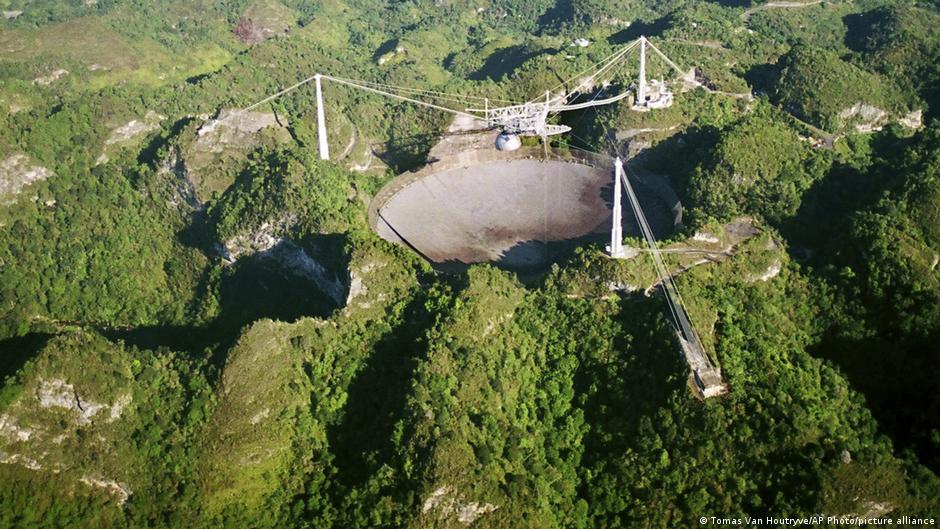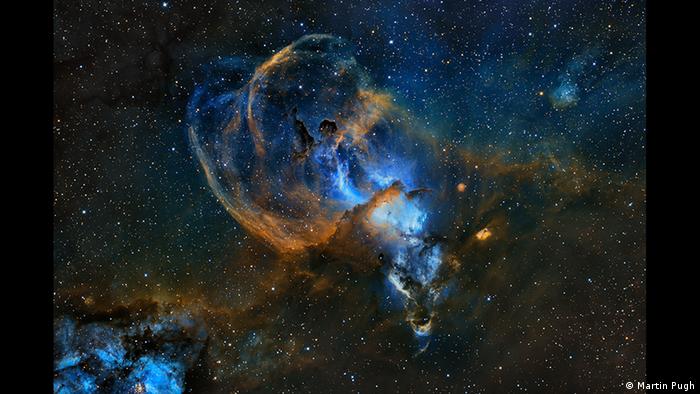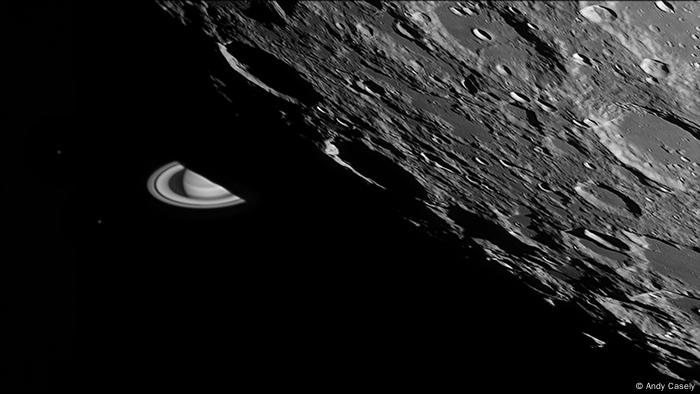Puerto Rico will remain without what has been one of its distinctive features for almost six decades, the radio telescope of the Arecibo Observatory, considered one of the main in the world and which will be demolished shortly due to the risk of collapse due to the breaking of several cables. that support it.
The US National Science Foundation (NSF), the body that owns the historic facility, a world reference for astronomy, reported this Thursday (11/19/2020) through a statement that before the impending collapse it was gone. choice.
The 57-year-old Arecibo radio telescope was one of the largest in the world with a single dish, measured 305 meters in length and supported 900 tons of weight, which gives an idea of its size.
After demolishing the radio telescope, an attempt will be made to restore the LIDAR facility, used for geospatial research, a visitor center, educational areas and an outdoor facility on Culebra Island.
NSF Director Sethuraman Panchanathan explained that the priority in making the decision was safety, which at the time was compromised by the situation the facility was in. An exclusion zone had in fact been established at the Observatory facilities and evacuated personnel.
The origin that finally led to the decision to dismantle the radio telescope is the initial breakdown of a first auxiliary cable on 10 August, which was followed by another on 6 November, which triggered the facts. In addition, this Thursday it was reported that two other cables supporting the radio telescope, which carry the 900-ton load, were damaged and presented problems that would have caused the impending collapse.
Farewell to an icon of science
The statement points out that the dismantling of the 305-meter radio telescope comes after it has served as a world-class resource for research in radio astronomy, planetary, solar and space systems for 57 years.
This science center has a vast research legacy spanning nearly 60 years which includes its contribution to the discovery of a rare pulsar – neutron star – with features that could help understand how the universe is expanding. It has also been instrumental in the search for systems in orbit near Earth that could threaten it and for signs of life on other planets.
eal (efe, ap)
-
“Astronomy Photographer of the Year”: spectacular images of our cosmos
The birth of a planet
Photographer Martin Pugh was completely excited when he transported his CDK 17 telescope to Chile in May 2019. During the endless clear nights he collected data and made precise light measurements. The Aussie exhibited swirling hydrogen for 23 hours, documenting the birth of a new planet.
-
“Astronomy Photographer of the Year”: spectacular images of our cosmos
Australian sky art
In this photograph, the sober gaze of an astronomer forges an artistic alliance with a photographer and leads through a disused blast furnace to the galactic core of the Milky Way. The Lithgow Blast Furnace Building is an icon of the Australian steel industry. Australian Jay Evans tested a very high resolution megapixel camera here for the first time.
-
“Astronomy Photographer of the Year”: spectacular images of our cosmos
Solar eclipse with Venus
The clear air that day at ESO’s La Silla Observatory in Chile made these extraordinary lighting conditions possible. Using a complex procedure, photographer Sebastian Voltmer depicted a solar eclipse along with a perfectly illuminated Venus: a total of 96 individual images were calibrated, stacked on top of each other and merged into one shot.
-
“Astronomy Photographer of the Year”: spectacular images of our cosmos
Northern lights in the Lofoten Islands
This snapshot was taken by the German photographer Andreas Ettl on the Lofoten Islands in Norway. The remote area is under the Arctic Circle. Here the chances of experiencing such a spectacular Northern Lights are quite high. “Lights of Hamnøy” is the title with which Ettl presented his photography in this year’s competition for the best astronomical photographs.
-
“Astronomy Photographer of the Year”: spectacular images of our cosmos
Galactic symmetry
With incredible technical precision, photographer Andy Casely captured this supernatural moment, thanks to a telescope. Saturn orbits the Moon and appears behind its surface relief. On this summer day in 2019, the moon’s semicircle obscured the optically much smaller planet for several minutes. Casely had been waiting for this galactic moment for years.
-
“Astronomy Photographer of the Year”: spectacular images of our cosmos
The moon over London
After three unsuccessful attempts, British photographer Mathew Browne managed to take this full moon photo from the heart of the British capital. The Earth’s satellite passes over this architectural icon. Art meets nature, moonlight meets filigree on the facade of the Shard skyscraper.
-
“Astronomy Photographer of the Year”: spectacular images of our cosmos
Arctic color show
Nature makes it easy for photographers from this Arctic region in Iceland’s Arctic Circle. British photographer Ben Bush combines an artistic point of view with a professional approach to wildlife photography. A picture like a painting, taken kneeling on the shore of the Atlantic Ocean, at six degrees below zero.
Author: Heike Mund







